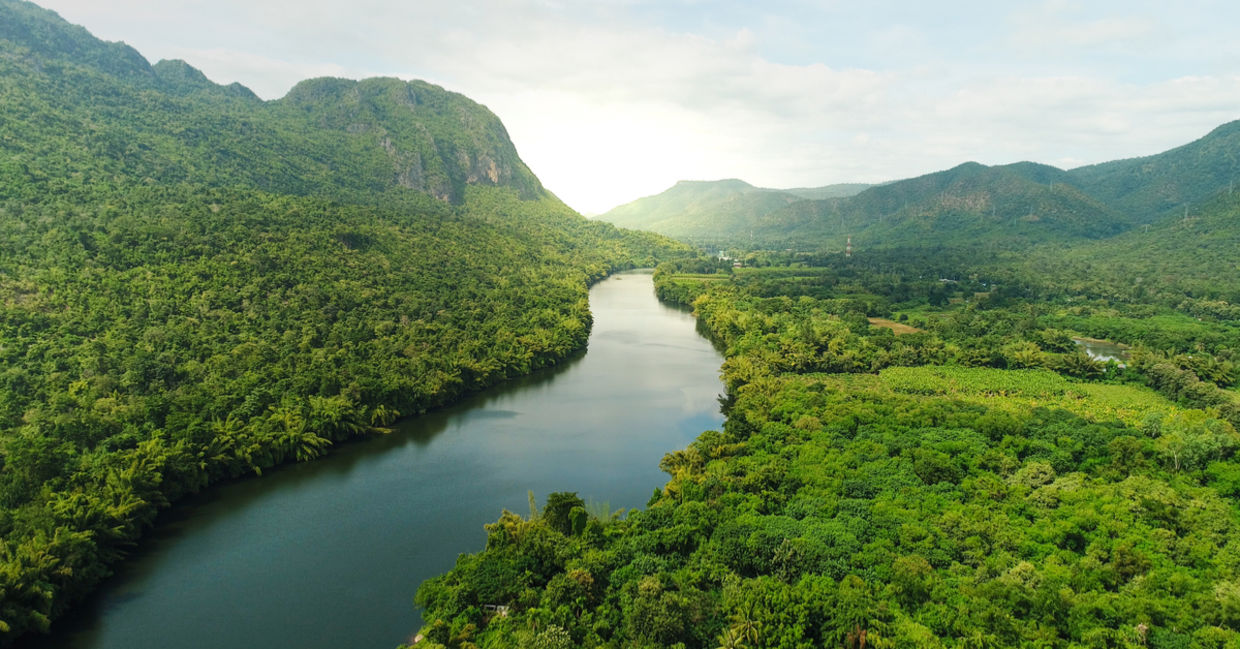
(Atstock Productions / Shutterstock.com)
We all want a greener environment for our kids (or future kids), and though progress may seem slow, NASA reports that the world is much greener today than it was 20 years ago. Satellites from the United States Federal Government Agency found a significant portion of our new greenery comes from China and India. The world’s biggest growing population leaders are stepping up and making an immense effort to plant more trees and lead more agriculture initiatives.
The new discovery arrived courtesy of a 20-year-long data collection project from a NASA’ device orbiting the Earth on two satellites, named the Moderate Resolution Imaging Spectroradiometer (MODIS). The high-resolution data has given scientists an especially accurate depiction of our progress in growing vegetation on Earth.
Though somewhat surprising considering the countries' ever-growing populations, it’s cause for celebration to have so many hands involved with reversing the effects of climate change. The increased greenery over the past 20 years shows a heightened amount of leaves on trees and plants, comparable to the vegetation of the Amazon rainforest. Compared to the early 2000s, we now have more than two million square miles of greenery per year - an amount that comes to a five percent increase overall.
Rama Nemani, a research scientist at NASA’s Ames Research Center, in California’s Silicon Valley, and a co-author of the new work, said initially, the progress was thought to come from increased temperatures.
“This long-term data lets us dig deeper,” said Rama Nemani, a research scientist at NASA’s Ames Research Center, in California’s Silicon Valley, and a co-author of the new work. “When the greening of the Earth was first observed, we thought it was due to a warmer, wetter climate and fertilization from the added carbon dioxide in the atmosphere, leading to more leaf growth in northern forests, for instance. Now, with the MODIS data that lets us understand the phenomenon at really small scales, we see that humans are also contributing.”
Nemani said the data speaks to bigger insight into human behavior and the results are wholly positive and promising.
“Once people realize there’s a problem, they tend to fix it,” he said. “In the 70s and 80s in India and China, the situation around vegetation loss wasn’t good; in the 90s, people realized it; and today things have improved. Humans are incredibly resilient. That’s what we see in the satellite data.”
YOU MIGHT ALSO LIKE:
Why are Teenagers Leading the Way on Climate Change?
The Home of the Future Will Be Green and Alive
5 Climate Change Facts to Get You Thinking about Our Planet







